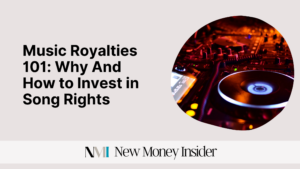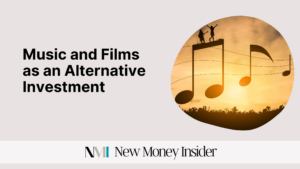Investing in wines has become an increasingly popular topic among sophisticated investors seeking to diversify their portfolios beyond traditional stocks, bonds, and commodities.
The question of whether wines are a good investment is multifaceted and requires an exploration of market performance, the nature of wine as an asset, the risks involved, and the strategies for successful investment.
Market Performance and Historical Returns
Historically, investment-grade wines have offered impressive returns.
Fine wine, particularly from renowned regions like Bordeaux, Burgundy, and recently from new world producers, has shown resilience during economic downturns, often outperforming traditional financial markets.
The Liv-ex Fine Wine 100 Index, which tracks the price movements of the world's most sought-after wines, has frequently outpaced equity indices over extended periods.
Moreover, scarcity and aging potential can lead to price appreciation over time, with top vintages from prestigious vineyards becoming more valuable as they mature and as supplies diminish.
The Tangible Nature of Wine as an Asset
Unlike stocks and digital assets, wine is a tangible asset, which provides a certain psychological comfort to investors.
The idea of owning a physical product, one that can be enjoyed and experienced, adds a dimension of pleasure to the investment that is not found in more abstract assets.
This tangible aspect also provides a hedge against inflation and market volatility, as the value of the wine is not directly tied to the fluctuations of the financial markets.
Risks Involved in Wine Investment
Investing in wine is not without its risks.
The market for fine wines is subject to fads and fashion, and the reputation of a vineyard or a particular vintage can fluctuate over time.
The condition of the wine is paramount; improper storage can ruin even the most valuable bottle.
The provenance must be impeccable for the wine to retain its value, which necessitates secure and professional storage solutions.
Additionally, the wine market can be illiquid, with quality wines needing time to find the right buyer at the right price.
Strategies for Successful Wine Investment
To mitigate risks and increase the likelihood of a successful investment, several strategies should be employed.
- First, diversification within the wine portfolio can spread risk across regions, vintages, and wineries.
- Second, thorough research or consultation with wine investment experts can provide insights into market trends and identify wines with the best potential for appreciation.
- Third, considering the long-term horizon is essential, as wine typically appreciates over many years, not months.
- Finally, investing in wine should be done with an appreciation for the product; investors who have a passion for wine tend to be more successful because they enjoy the learning process and stay more engaged with their investments.
Wine Investment and New Technologies
The integration of new technologies, such as blockchain for provenance tracking and the emergence of wine-focused investment platforms, has increased accessibility and transparency in the wine investment market.
Non-fungible tokens (NFTs) and wine cryptocurrencies have introduced novel ways to invest in wine, potentially increasing interest and liquidity in the market.
So, Is Wine A Good Investment?
The answer is that they can be, particularly for those with a passion for wine, a willingness to learn, and an understanding of the risks involved.
Wine should be considered a long-term, alternative investment, complementing a diversified portfolio.
While not immune to market shifts, the unique characteristics of wine provide a compelling case for its inclusion as part of a balanced investment strategy.
As with any investment, potential wine investors should conduct thorough due diligence, consult with experts, and consider their risk tolerance and investment horizon before committing capital to this intriguing asset class.



